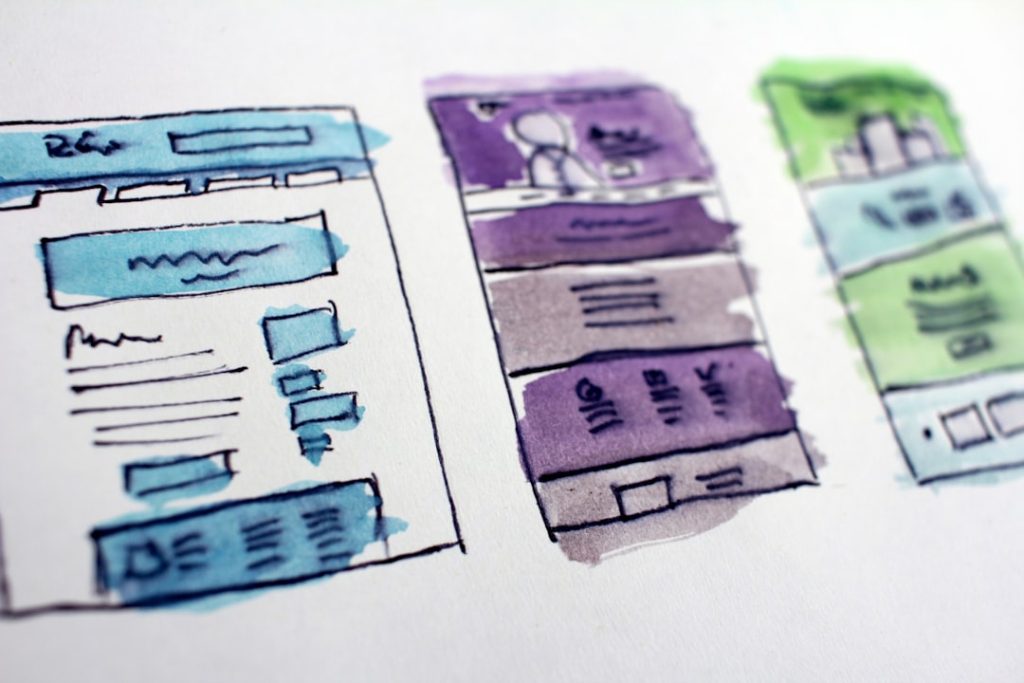The Best Program for Web Design: Adobe Dreamweaver
Adobe Dreamweaver has long been a cornerstone in the realm of web design and development, offering a robust platform for both novice and experienced developers. Launched initially in 1997, it has evolved significantly over the years, adapting to the changing landscape of web technologies and user expectations. Dreamweaver provides a comprehensive environment that combines visual design tools with powerful coding capabilities, making it an ideal choice for creating responsive websites and applications. Its versatility allows users to work with various programming languages, including HTML, CSS, JavaScript, and PHP, catering to a wide range of web development needs. The software’s dual approach—offering both a WYSIWYG (What You See Is What You Get) interface and a code editor—enables users to switch seamlessly between visual design and code editing. This flexibility is particularly beneficial for those who may not have extensive coding experience but still wish to create professional-quality websites. As web standards have evolved, so too has Dreamweaver, incorporating features that support modern frameworks and responsive design principles. This adaptability ensures that users can stay current with industry trends while leveraging the full power of Adobe’s creative suite. Key Takeaways Adobe Dreamweaver is a powerful web design and development tool that offers a wide range of features and customization options. The user interface of Adobe Dreamweaver is highly customizable, allowing users to tailor the workspace to their specific needs and preferences. Dreamweaver provides advanced code editing and syntax highlighting features, making it a preferred choice for developers and programmers. Integration with other Adobe Creative Cloud apps allows for seamless workflow and collaboration between different design and development tools. Dreamweaver’s built-in FTP and SFTP support, along with its extensibility and third-party integration, make it a versatile and efficient tool for web design and development. Features of Adobe Dreamweaver Adobe Dreamweaver is packed with features that enhance the web development process, making it a powerful tool for designers and developers alike. One of its standout features is the Fluid Grid Layout, which allows users to create responsive designs that automatically adjust to different screen sizes. This is particularly important in today’s mobile-first world, where users access websites from a variety of devices. The Fluid Grid Layout simplifies the process of designing for multiple platforms, enabling developers to create layouts that look great on desktops, tablets, and smartphones without needing to write extensive media queries manually. Another notable feature is the built-in support for CSS preprocessors like Sass and LESS. These tools allow developers to write more maintainable and scalable stylesheets by using variables, nesting, and mixins. Dreamweaver’s integration with these preprocessors streamlines the workflow, enabling users to compile their styles directly within the application. Additionally, the software supports Git version control, allowing teams to collaborate more effectively by tracking changes and managing code versions seamlessly. This integration is crucial for modern development practices, where collaboration and version management are essential for project success. User Interface and Customization Options The user interface of Adobe Dreamweaver is designed with usability in mind, providing a clean and intuitive workspace that caters to both beginners and seasoned professionals. The layout is highly customizable, allowing users to arrange panels and tools according to their preferences. This flexibility means that developers can create a workspace that suits their workflow, whether they prefer a minimalist setup or a more feature-rich environment filled with tools at their fingertips. Dreamweaver also offers a variety of themes and color schemes, enabling users to personalize their experience further. This customization extends beyond aesthetics; it also includes the ability to create custom snippets and code templates that can be reused across projects. By saving frequently used code segments as snippets, developers can significantly speed up their workflow and maintain consistency across different sites. The ability to tailor the interface and functionality to individual needs makes Dreamweaver an appealing choice for many web designers. Code Editing and Syntax Highlighting At the heart of Adobe Dreamweaver lies its powerful code editing capabilities. The code editor supports multiple programming languages and provides features such as syntax highlighting, which enhances readability by color-coding different elements of the code. This feature is particularly useful for identifying errors or understanding complex code structures at a glance. Additionally, Dreamweaver includes code completion suggestions that help speed up the coding process by predicting what the developer intends to type next. Another significant aspect of Dreamweaver’s code editing functionality is its real-time error checking. As users write code, the software automatically highlights potential issues, such as unclosed tags or syntax errors. This immediate feedback allows developers to correct mistakes on the fly, reducing debugging time and improving overall efficiency. Furthermore, the integrated live view feature enables users to see how their code changes affect the design in real-time, bridging the gap between coding and visual design. Integration with Other Adobe Creative Cloud Apps One of the key advantages of using Adobe Dreamweaver is its seamless integration with other applications within the Adobe Creative Cloud ecosystem. For instance, designers can easily import assets from Adobe Photoshop or Illustrator directly into Dreamweaver, streamlining the workflow between graphic design and web development. This integration ensures that designers can maintain consistency in branding and visual elements across different platforms without having to export files manually. Moreover, Dreamweaver’s compatibility with Adobe XD allows for an efficient transition from wireframing and prototyping to actual web development. Designers can create interactive prototypes in XD and then export those designs into Dreamweaver for further development. This synergy between applications not only enhances productivity but also fosters a more cohesive design process where visual elements are consistently translated into functional web pages. Responsive Design and Device Preview In an era where mobile browsing has overtaken desktop usage, responsive design has become a critical aspect of web development. Adobe Dreamweaver addresses this need through its responsive design features, which allow developers to create fluid layouts that adapt to various screen sizes effortlessly. The Fluid Grid Layout system enables users to define breakpoints at which the layout will change based on the device’s width, ensuring
The Best Program for Web Design: Adobe Dreamweaver Read More »









